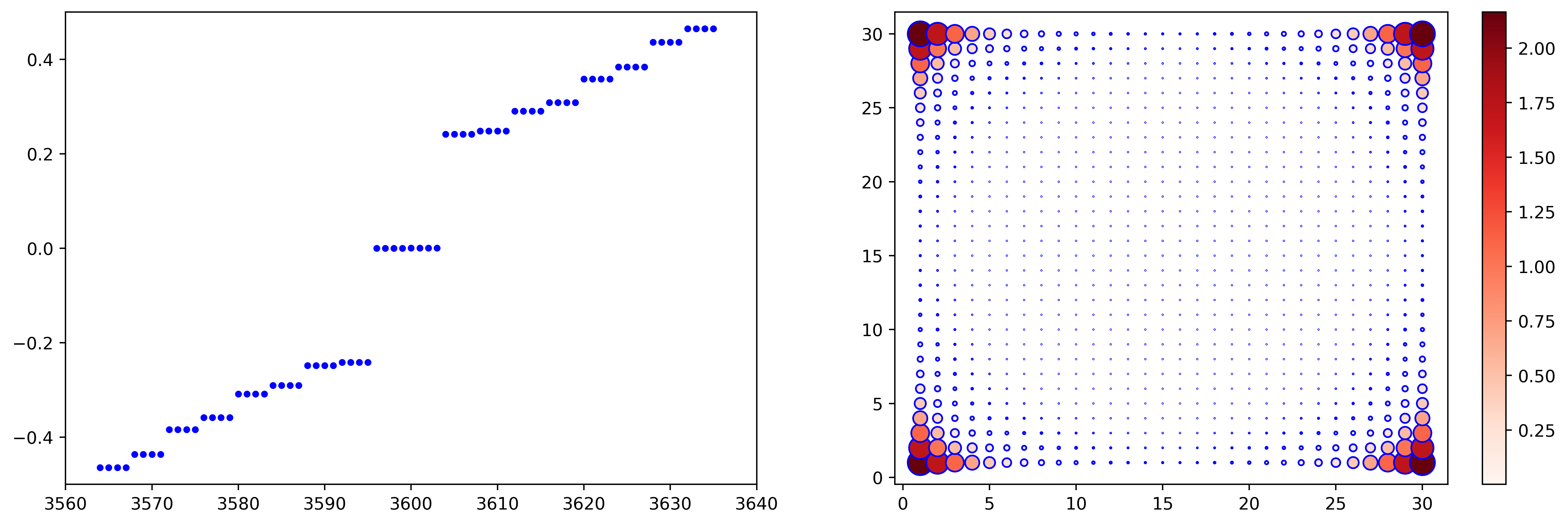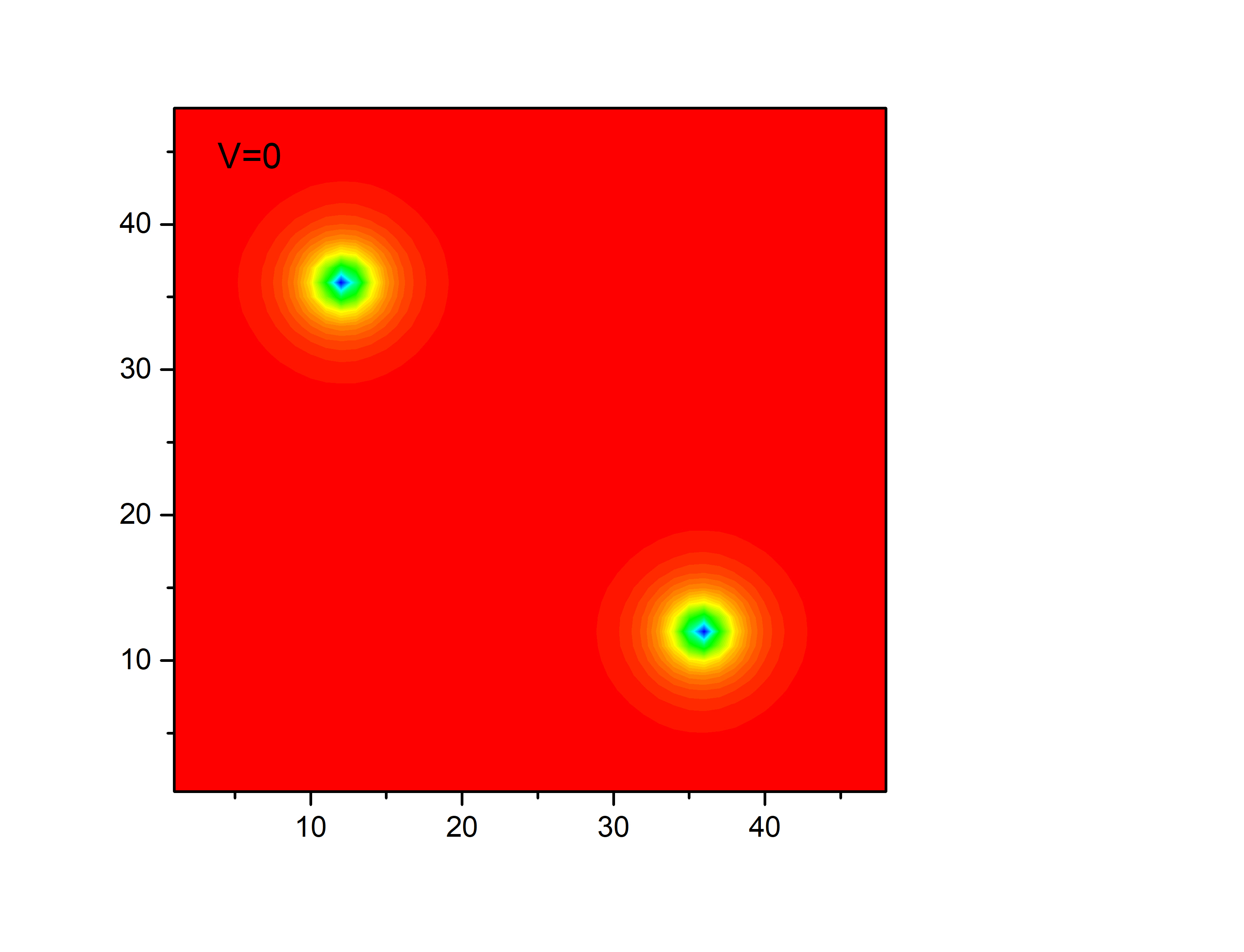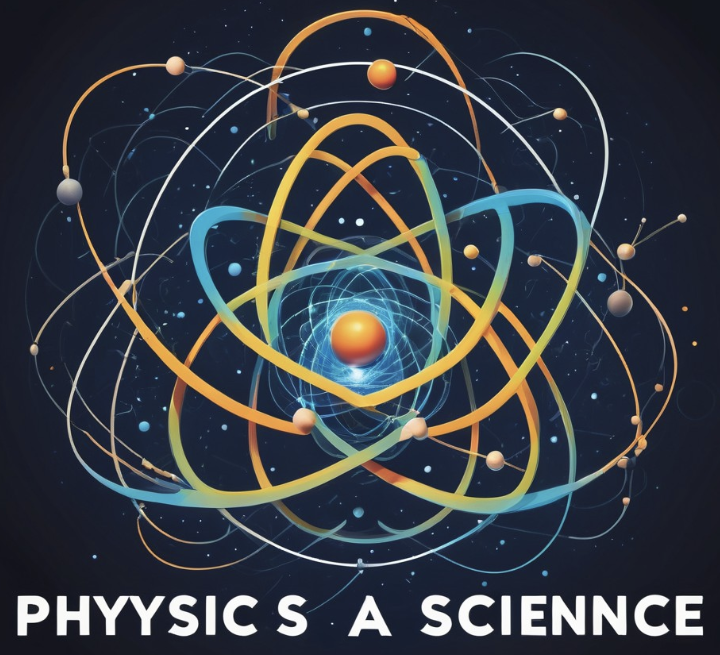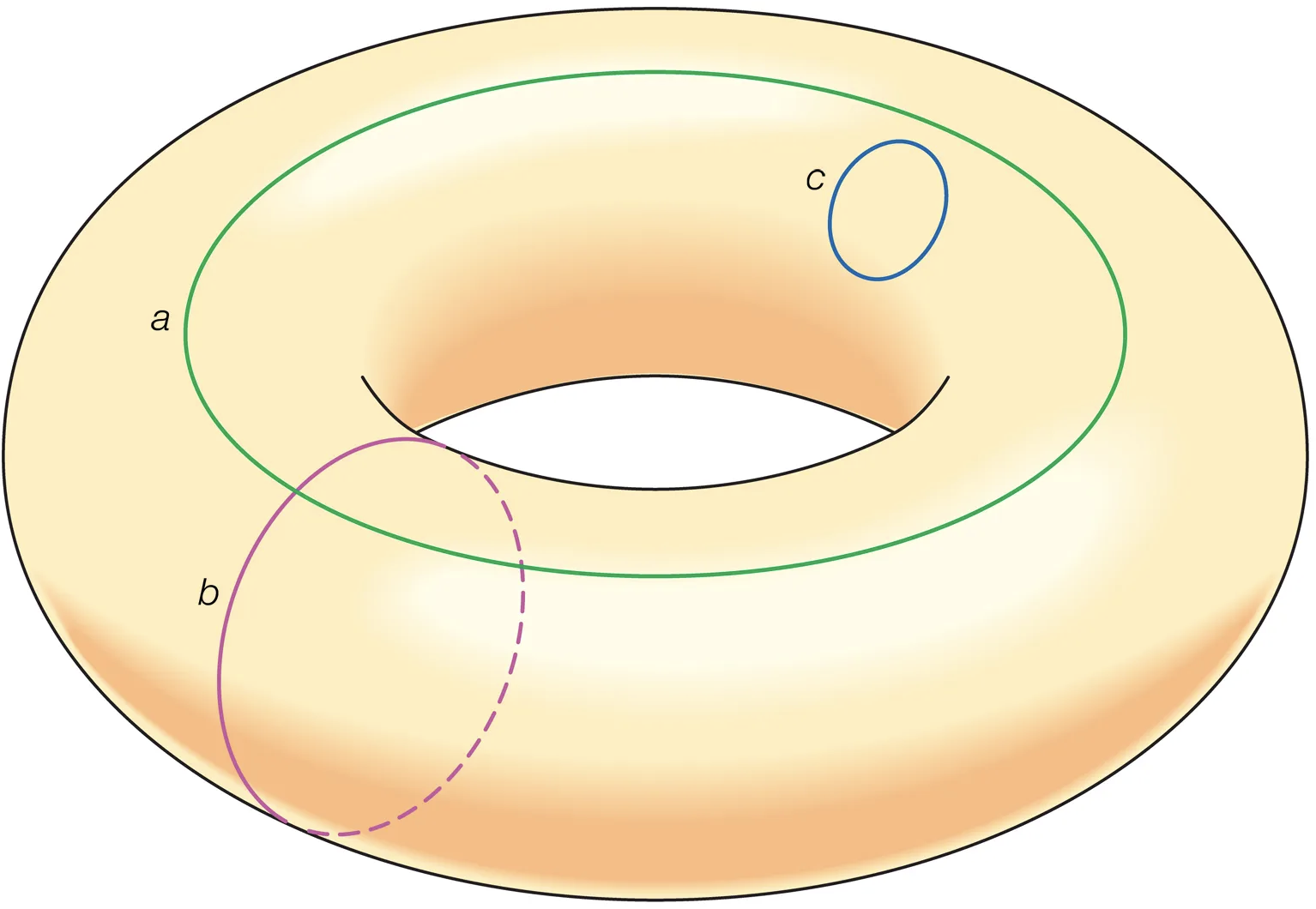有效边界理论(space部分)
微分方程通解
因为涉及到求解微分方程,这里先预热一下,回顾如何求解一个2阶线性齐次微分方程
eigenroot equation is expressed as
where $\alpha = -\frac{\lambda}{t}$, $\beta=\sqrt{\frac{2m}{t}-\frac{\lambda^2}{t^2}}$, in here we suppose $\frac{\lambda^2}{t^2}-\frac{2m}{t}<0$, general solution is
with boundary condition $y(0)=y(\infty)=0$ we have
eigenroot equation is expressed as
where $\alpha=\frac{\lambda}{t}$, $\beta=\sqrt{\frac{2m}{t}-\frac{\lambda^2}{t^2}}$, general solution is
with boundary condition $y(0)=y(-\infty)=0$ we have
BHZ模型边界态
by expanding around $\mathbf{\Gamma}=(0,0)$
replace $k_x\rightarrow -i\partial_x$ and decompose the Hamiltonian as $H=H_0+H_p$, in which
For edge $1$
solving the eigenvalue equation $H_0\psi_\alpha(x)=E_\alpha\psi_\alpha$ under the boundary condition $\psi_\alpha(0)=\psi_\alpha(+\infty)=0$
we find two zero-energy solutions, whose froms are
with normalization given by
The eigenvectors $\xi_\alpha$ satisfy $\sigma_ys_z\xi_\alpha=-\xi_\alpha$. We explicitly choose them as
The matrix elements of the perturbation $H_p$ in this basis are
We use $H_p(-i\partial_x,k_y)=\lambda_yk_y\sigma_y$ and $\sigma_ys_z\xi_\alpha=-\xi_\alpha$, the final form of the effective Hamiltonian is
For edge $3$
solving the eigenvalue equation $H_0\psi_\alpha(x)=E_\alpha\psi_\alpha$ under the boundary condition $\psi_\alpha(0)=\psi_\alpha(-\infty)=0$
we find two zero-energy solutions, whose froms are
with normalization given by
The eigenvectors $\xi_\alpha$ satisfy $\sigma_ys_z\xi_\alpha=\xi_\alpha$. We explicitly choose them as
The matrix elements of the perturbation $H_p$ in this basis are
We use $H_p(-i\partial_x,k_y)=\lambda_yk_y\sigma_y$ and $\sigma_ys_z\xi_\alpha=\xi_\alpha$, the final form of the effective Hamiltonian is
replace $k_y\rightarrow -i\partial_y$ and decompose the Hamiltonian as $H=H_0+H_p$, in which
For edge $2$
solving the eigenvalue equation $H_0\psi_\alpha(x)=E_\alpha\psi_\alpha$ under the boundary condition $\psi_\alpha(0)=\psi_\alpha(+\infty)=0$
we find two zero-energy solutions, whose froms are
with normalization given by
The eigenvectors $\xi_\alpha$ satisfy $\sigma_x\xi_\alpha=\xi_\alpha$. We explicitly choose them as
The matrix elements of the perturbation $H_p$ in this basis are
We use $H_p(-i\partial_x,k_y)=\lambda_xk_x\sigma_xs_z$ and $\sigma_x\xi_\alpha=\xi_\alpha$, the final form of the effective Hamiltonian is
For edge $4$
solving the eigenvalue equation $H_0\psi_\alpha(x)=E_\alpha\psi_\alpha$ under the boundary condition $\psi_\alpha(0)=\psi_\alpha(-\infty)=0$
with normalization given by
The eigenvectors $\xi_\alpha$ satisfy $\sigma_x\xi_\alpha=-\xi_\alpha$. We explicitly choose them as
The matrix elements of the perturbation $H_p$ in this basis are
We use $H_p(-i\partial_x,k_y)=\lambda_xk_x\sigma_xs_z$ and $\sigma_x\xi_\alpha=-\xi_\alpha$, the final form of the effective Hamiltonian is
Therefore, the final form of the effective Hamiltonian for the four edges are
Results
参考
1.Majorana Corner Modes in a High-Temperature Platform
鉴于该网站分享的大都是学习笔记,作者水平有限,若发现有问题可以发邮件给我
- yxliphy@gmail.com
也非常欢迎喜欢分享的小伙伴投稿










